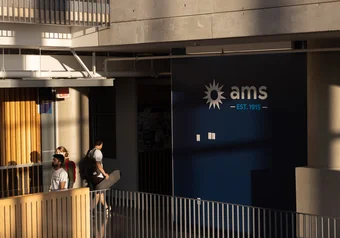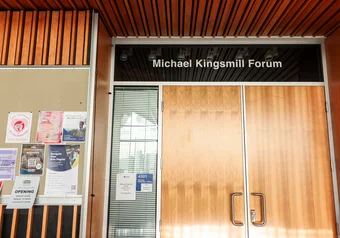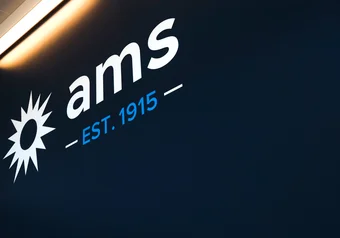Councillors urged executives to be better than their predecessors at virtual AMS Council on Wednesday, June 24.
The docket included an updated presentation on the AMS budget, as well as executive goals and a presentation on sustainability priorities. But councillors were frustrated with the lack of accountability measures in executive goal presentations and the lack of executive ambition in sustainability priorities.
Budget business
Conversation over the budget dominated Council with VP Finance Lucia Liang running through three finalized versions of what the AMS budget may look like for the upcoming year.
Assumption one projects enrolment of 52,250 students, all proposed projects included, a business contribution of $264,072 and investment income of $500,000. Assumption two plans for a decreased enrolment of 48,400 students, a 10–15 per cent expense reduction and a $20,000 decrease in business contributions and a stable investment income. The final version assumes a decreased enrollment of 44,000 students, a 15–20 per cent expense reduction, a business contribution of $213,898 and a stable investment income.
Liang noted that expense reductions would not be coming out of student services. “We understand the value of student services during the pandemic,” she said.
Only the first version leaves the AMS with a surplus — versions two and three leave the AMS in a $269,250 and a $606,082 deficit, respectively.
Liang projected that the final budget will likely fall somewhere between versions one and two, with finalized numbers to come in August.
Board of Governors representative Max Holmes asked why there has been no salary increase for the services team. Former AMS President and Senate representative Chris Hakim agreed with Holmes and called the services staff “our essential workers.” He also made a case for implementing hazard pay for all front-of-house staff.
“Students need the food bank, but they don’t need a Blue Chip cookie during a pandemic. But nevertheless, we still decided to operate our business outlets during a pandemic where our staff are essentially forced to work under a risk of catching a deadly virus.”
Liang said they have had conversations about this and said she plans to look into it in more detail at the committee level.
Sustainability stalemate
An item initially planned as a consent agenda item, Hakim pulled sustainability priorities out for further discussion.
Although he commended VP Admin Sylvester Mensah Jr for pulling the document together so quickly, Hakim said the goals weren’t “ambitious” enough.
The report identifies six target areas: facilities operations, business operations, advocacy & leadership, student services, campus coordination and Indigenous coordination. Under these target areas are plans for a zero-waste beverage refill station and to get the Nest to net-zero carbon emissions by 2030.
“The sustainability priorities are a bit lacklustre and they look very status quo. And I say this because I want to challenge us to be more ambitious in our environmental action because we need to be a leader in this field,” Hakim said.
Mensah Jr responded that he did think the goals were ambitious. President Cole Evans also noted that this presentation was based on precedent set by Hakim and Evans himself.
“A lot of our conversations today have been very critical of things that have been released by the executive, but that have followed along precedent from executives past,” Evans said.
Hakim agreed that past executive actions have also been “lacklustre.”
“The AMS has not done the best on taking large action on climate issues … we have been following precedent because that’s what feels comfortable. But unfortunately we are in a climate crisis … we can change what we do and the approaches we take to be ambitious.”
The motion was tabled, with the executive committee to return with more ambitious goals by the next Council meeting.
Share this article
First online





